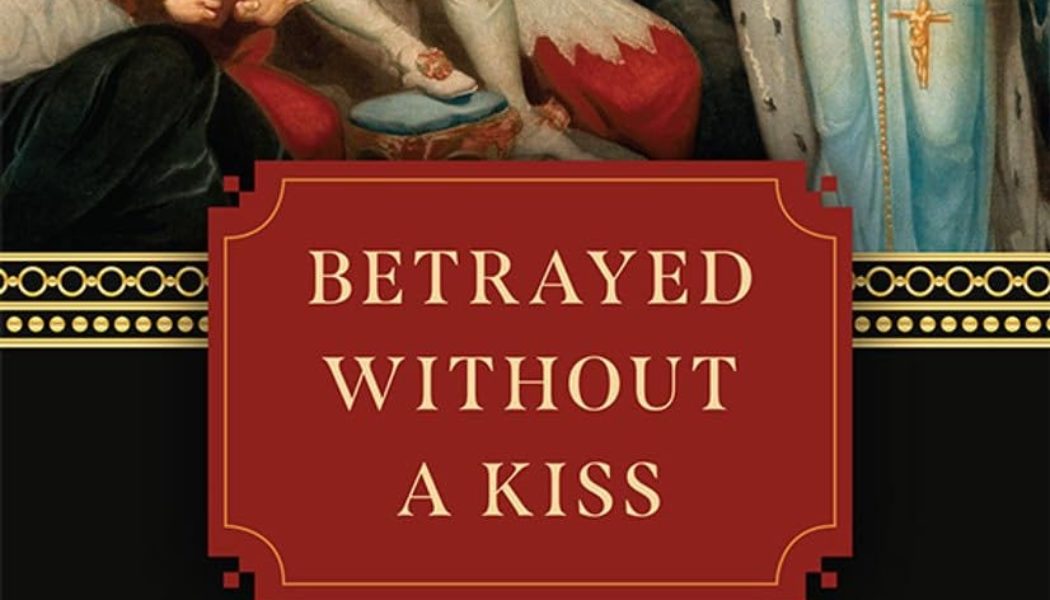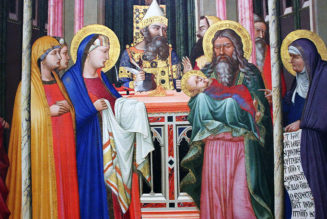Recently, the leadership of the Catholic Church has spilled much ink over the question of how to best re-integrate the divorced and remarried into the life of the Church. A noble goal, to be sure, but the question of why so many marriages have ended in divorce has received scant attention. Indeed, as John Clark notes in his book, Betrayed without a Kiss: Defending Marriage after Years of Failed Leadership in the Church, it is rare for the laity to hear about marriage and its primary purpose spoken of at all from the pulpit.
Clark points out that the glossy brochures in the back of churches advertise how to obtain an annulment, and that in virtually every (if not every) diocese in America, the annulment tribunal requires a civil divorce in order to obtain the initial annulment process. If the tribunals handled only the extreme cases, it is possible that there is some logic to this. However, as Clark points out, in only one generation, the Catholic Church in America went from granting 350 annulments to over 70,000. In many dioceses there is a 100% finding of nullity. This means the appointed “defender of the bond” has literally never won a case. I’m not entirely sure that’s a public defender I’d want defending me with my marriage on the line. Indeed, Clark notes that some of the defenders of the bond are well-known heterodox Catholics. All this has lead to a perfect storm where, far from defending marriage, diocesan policy is in many cases bringing about divorces.
How did we get here, and why isn’t anyone talking about it? Clark answers these questions with a compelling deep dive into the nature of matrimony, how it was intended “from the beginning” in the Garden of Eden, and a tour through the Church’s glorious tradition of defending and promoting marriage, yes, even to the death.
To be sure, this is no mere opinion piece. The bibliography alone is nearly 20 pages, and there are almost 500 footnotes. This is an extremely well-researched and well-thought out piece of writing. For all that, it never feels dry and academic. Indeed, it is both approachable and a thoroughly compelling read.
Although this is a sober topic, Clark never falls into the trap of merely pointing out that “everything is awful” and walking away, as many modern critiques of the Church hierarchy are wont to do. We are reminded that Matrimony is a Sacrament, and while Sacraments cannot be broken, the system that ought to protect the Sacraments can be. We are exhorted that this system can be fixed.
Primarily then, this is a book about hope and the beauty of the sacrament of matrimony. The book is written to all Catholics, no matter their vocation. To the priests, Clark offers many suggestions for how they can and ought to encourage and foster good and holy marriages in their parish. For the married couple, Clark offers beautiful suggestions for how to live a sacramental life. “Am I saying that many marriages in trouble could be simply one sacramental confession away from significant improvement? …Am I saying that going to daily Mass together for one month as husband and wife might completely change the trajectory of a marriage for the better? Yes. That is precisely what I’m arguing.” Clark makes this point in the context of arguing that marriage is very much the “primordial sacrament” and that the other sacraments rise and fall together. As marriage goes, so goes the Eucharist. “With my body I thee worship” the old matrimony rite says. When we doubt these words, we doubt “This is my body.” Words matter.
The final chapter of the book outlines the Catholic view of marriage. He notes that the world views marriage as “passe and unromantic.” In a hauntingly beautiful passage, he details the true view of marriage. At the end of this passage he tells us, “That’s the proper view of marriage since the time of Adam and Eve, affirmed by Tobias and Sarah, continued at Cana, cruciformly confirmed by Saints Timothy and Maura, witnessed by the beheading of Saint John the Baptist, testified on the scaffold by Saint Thomas More, declared by the Council of Trent, and guaranteed by Saint John Vianney. In all its glorious stages, there is nothing more romantic than Catholic marriage.”
I confess after reading the entire passage, I put the book down, blinked, and then read it again. Then I read it to my wife. Then I sent a picture of the passage to some family members.
If you have forgotten how noble the vocation of marriage is, read this book to remember. If you don’t understand why marriage needs to be defended, read this book to find out. If you are a priest and want to encourage your parishioners to be saints, read this book to help support them.
St. Thomas More, pray for us.









